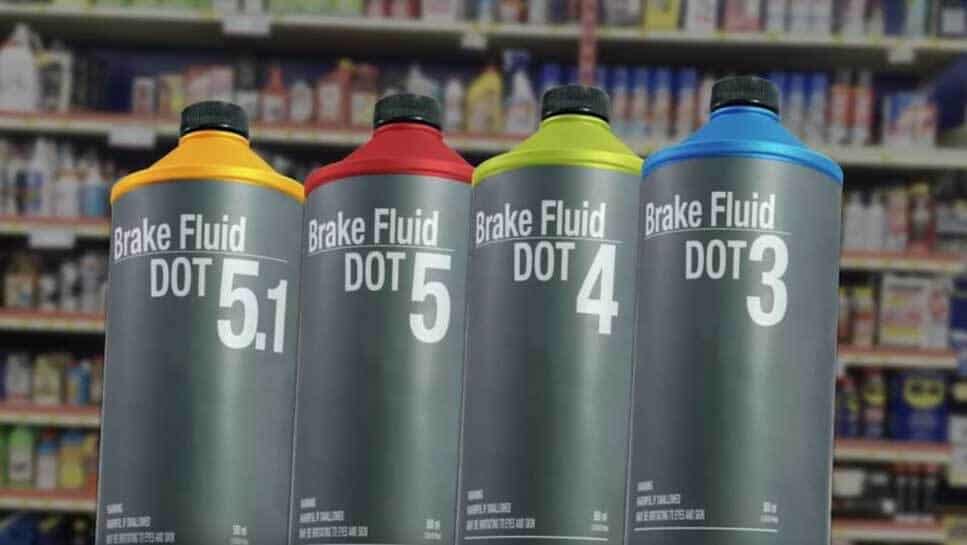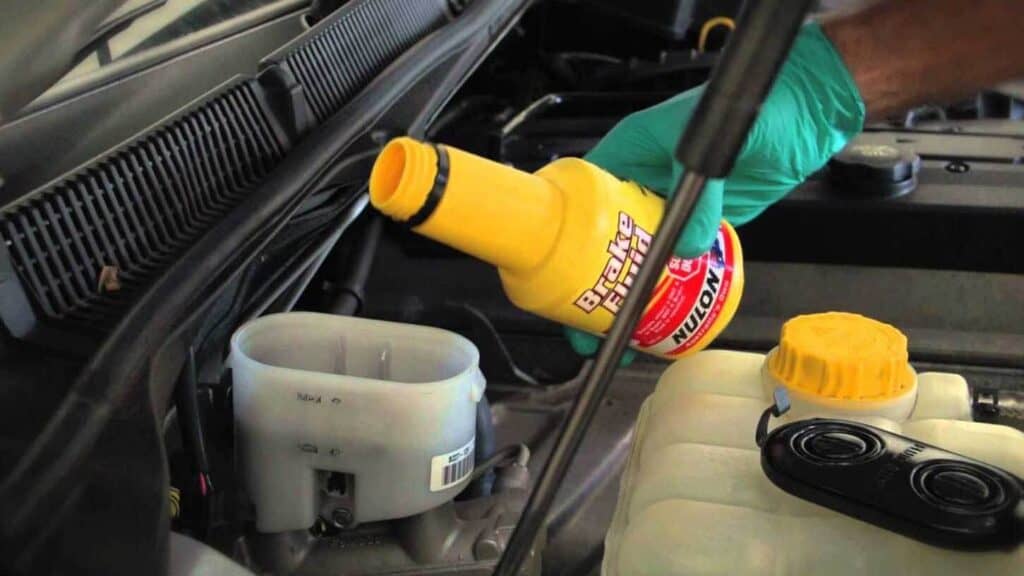The Critical Role of Brake Fluid in Vehicle Safety
Brake fluid is an essential component in the braking system of every vehicle, playing a crucial role in ensuring safe and efficient stopping power. Regular brake fluid changes are necessary to maintain the integrity of your braking system and guarantee your vehicle’s safety on the road. In this article, we’ll explore the importance of brake fluid, discuss how it works, and provide guidance on how often to change it, signs that it needs changing, and tips for selecting the right type of brake fluid for your vehicle.
How Brake Fluid Works: Understanding Its Function in the Braking System
Brake fluid is a hydraulic fluid responsible for transferring the force applied to the brake pedal to the brake calipers or wheel cylinders, effectively engaging the brakes and slowing down or stopping your vehicle. The fluid operates under high pressure and temperature, ensuring consistent and reliable braking performance. Because brake fluid is hygroscopic, it absorbs moisture from the environment over time, which can lead to reduced effectiveness, corrosion, and potential damage to the braking system components.

Types of Brake Fluid: DOT 3, DOT 4, DOT 5, and DOT 5.1
There are several types of brake fluid available on the market, each with specific properties and applications:
1. DOT 3: A glycol-based fluid commonly used in older vehicles, DOT 3 has a lower boiling point than newer types and is more susceptible to moisture absorption.
2. DOT 4: Also glycol-based, DOT 4 offers a higher boiling point than DOT 3, making it better suited for vehicles with higher performance demands and anti-lock braking systems (ABS).
3. DOT 5: A silicone-based fluid, DOT 5 has a high boiling point and does not absorb moisture, making it ideal for vehicles with extreme performance requirements or those subjected to harsh conditions. However, it is not compatible with ABS systems.
4. DOT 5.1: A glycol-based fluid like DOT 3 and DOT 4, DOT 5.1 boasts the highest boiling point and is compatible with ABS systems.
The Dangers of Neglecting Brake Fluid Changes: Corrosion and Performance Issues
Failing to change your brake fluid regularly can lead to several issues:
1. Corrosion: As brake fluid absorbs moisture, it becomes increasingly corrosive, potentially causing damage to your braking system’s components, such as the master cylinder, calipers, and wheel cylinders.
2. Reduced performance: Moisture-laden brake fluid has a lower boiling point, increasing the risk of vapor lock—a phenomenon where the fluid vaporizes under high temperatures, compromising braking performance.
3. Contamination: Over time, brake fluid can become contaminated with dirt, debris, and other particles, which can cause wear and damage to the braking system.
How Often to Change Your Brake Fluid: Recommended Intervals and Factors to Consider
The recommended interval for changing brake fluid varies depending on the vehicle manufacturer, type of brake fluid, and driving conditions. Generally, it’s advisable to change your brake fluid every two to three years or 24,000 to 36,000 miles. However, factors such as heavy braking, high-performance driving, or frequent exposure to moisture may warrant more frequent changes.
Signs That Your Brake Fluid Needs Changing: What to Look For
Keep an eye out for these signs that your brake fluid may need changing:
1. Dark, murky fluid: Fresh brake fluid is clear or amber-colored; if your brake fluid appears dark or murky, it may be time for a change.
2. Soft or spongy brake pedal: A soft or spongy brake pedal can indicate moisture or air in the brake fluid, reducing braking performance
3. Reduced braking performance: If you notice a decrease in your vehicle’s braking power or responsiveness, it may be due to old or contaminated brake fluid.
4. Brake warning light: A brake warning light on your dashboard could signal low brake fluid levels or other issues with your braking system that warrant further investigation.
DIY Brake Fluid Change: A Step-by-Step Guide
If you’re comfortable with basic vehicle maintenance, you can change your brake fluid at home by following these steps:
1. Gather necessary tools and materials, such as a wrench, brake bleeder kit, clean rags, and the appropriate type of brake fluid.
2. Locate the brake fluid reservoir in your engine compartment and clean the surrounding area to prevent contamination.
3. Open the reservoir and use a turkey baster or syringe to remove the old brake fluid.
4. Refill the reservoir with fresh brake fluid.
5. Bleed the brakes to remove any air or remaining old fluid, starting with the wheel farthest from the master cylinder and working your way closer.
6. Top off the brake fluid reservoir and close it securely.
7. Test your vehicle’s brakes to ensure proper function and responsiveness.
Tips for Choosing the Right Brake Fluid for Your Vehicle
Always consult your vehicle’s owner’s manual for the recommended type of brake fluid. Using the wrong type of brake fluid can cause damage to your braking system or reduce performance. Additionally, never mix different types of brake fluid, as this can lead to incompatibility issues and system failure.

Brake Fluid Maintenance Best Practices: Ensuring Optimal Performance
To keep your braking system in top shape, follow these maintenance best practices:
1. Regularly inspect your brake fluid level and color, topping off or changing as needed.
2. Adhere to the recommended brake fluid change intervals provided by your vehicle manufacturer.
3. Store brake fluid in a cool, dry place, and tightly seal containers to prevent moisture absorption.
Conclusion: Prioritize Regular Brake Fluid Changes for a Safer Driving Experience
A well-maintained braking system is vital to your vehicle’s safety and performance. By regularly checking and changing your brake fluid, you can help prevent corrosion, maintain optimal braking performance, and ensure a safer driving experience for you and your passengers. Remember to always consult your vehicle’s owner’s manual for guidance on the proper type of brake fluid and recommended change intervals.
